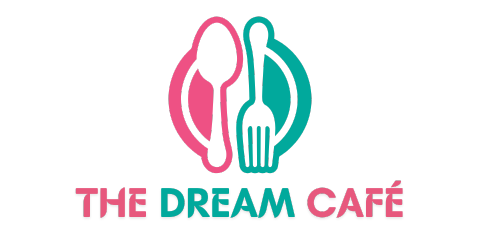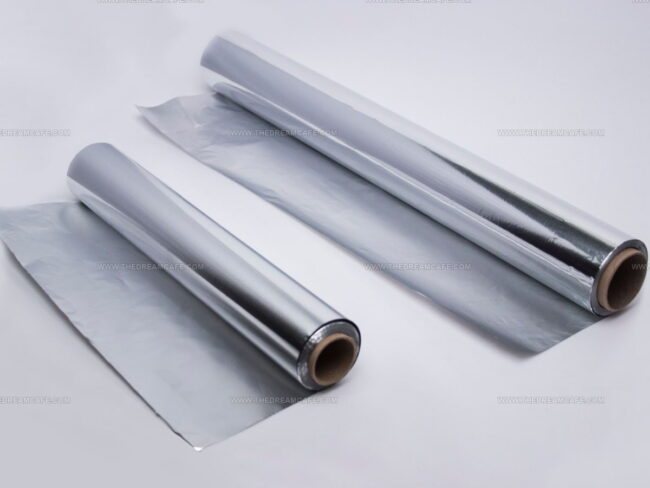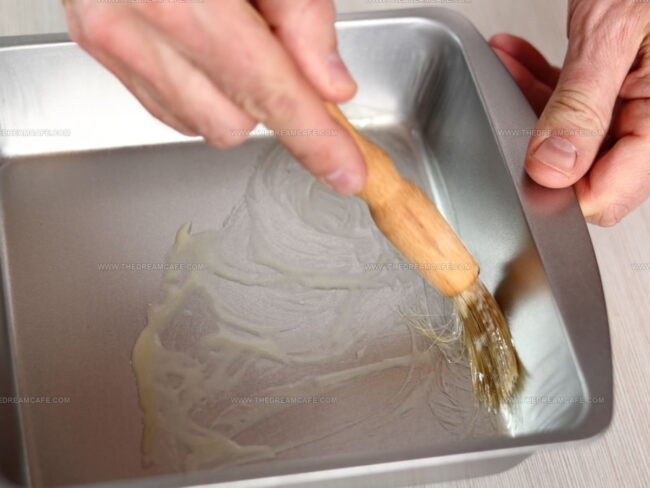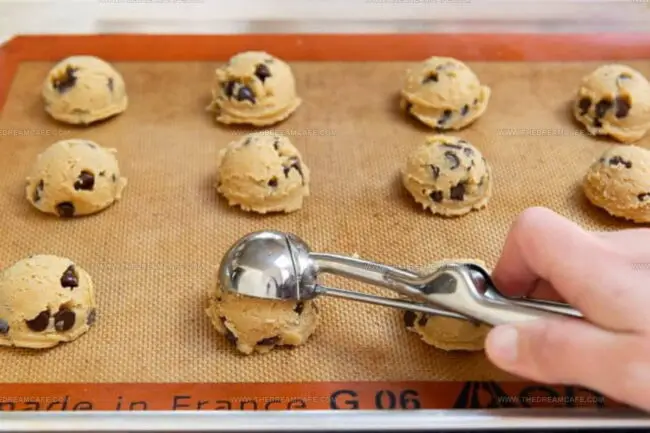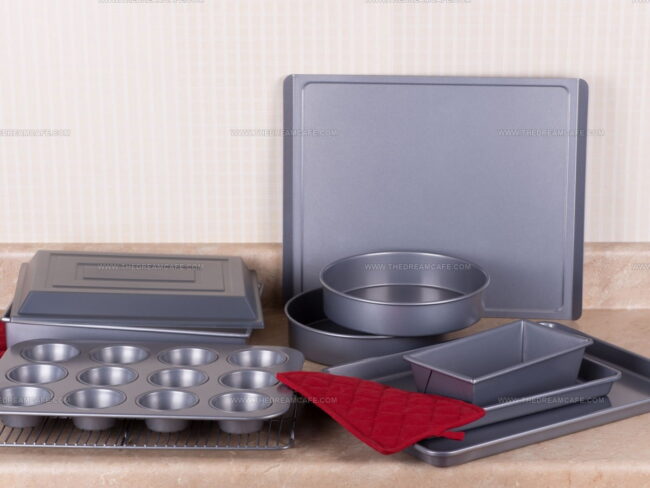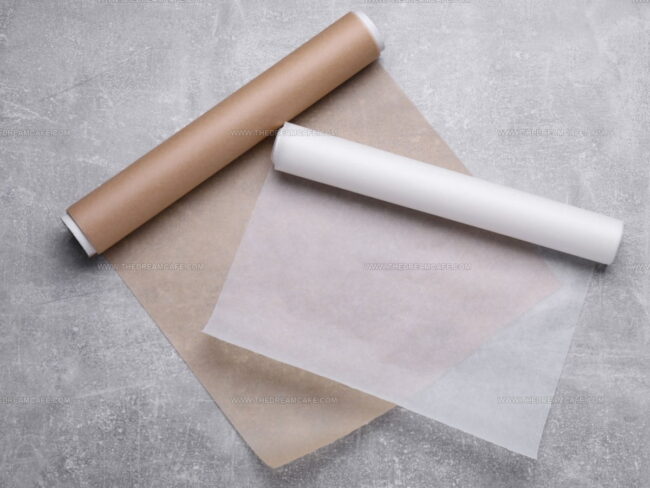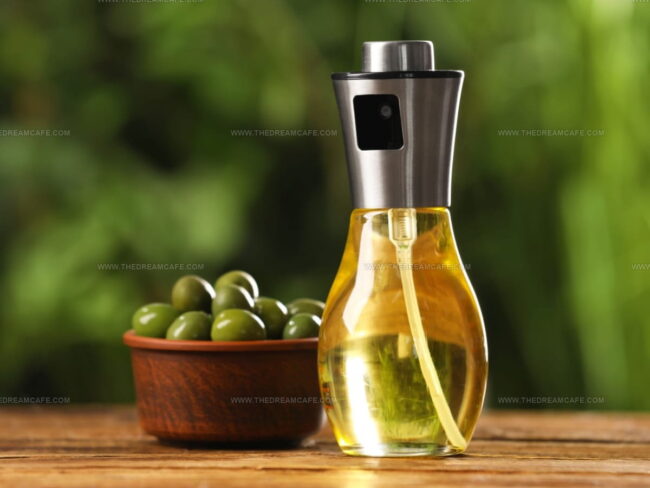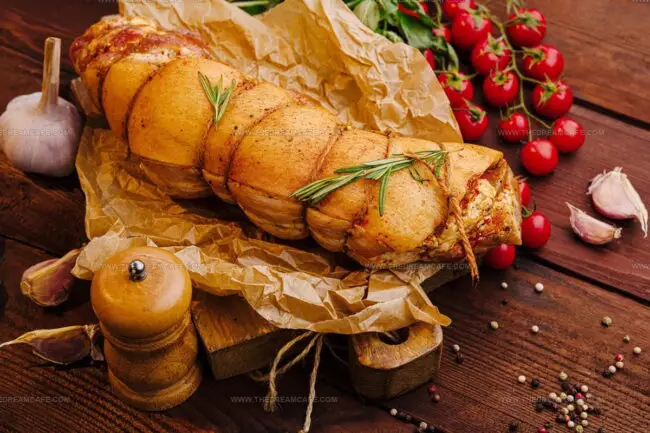7 Kitchen Wizardry: Smart Alternatives to Parchment Paper
Parchment paper is a kitchen essential for non-stick baking and easy cleanup, but when it runs out, alternatives can step in.
Options like silicone baking mats, aluminum foil, or greased baking sheets offer varying degrees of non-stick and heat resistance.
Each substitute works best for different cooking methods and recipes.
These seven best parchment paper substitutes ensure your baked goods come out perfectly without sticking.
Understanding the pros and cons of each alternative allows you to adapt confidently.
Keeping these options in mind prepares you for any baking situation.
Learn practical tips to replace parchment paper without compromising your cooking results.
How Does Parchment Paper Work in Cooking?
Parchment paper works as a non-stick, heat-resistant barrier between your food and the cooking surface, helping you cook or bake without sticking or burning.
It’s coated, often with silicone, to prevent food from clinging, which means you can lift cookies off a baking sheet or roll out dough without leaving bits behind. In the oven, it also creates a thin layer that protects pans from direct contact with food, making cleanup easier.
For certain methods, like cooking en papillote (wrapping food in paper), it traps steam and moisture so dishes cook gently and stay tender.
What to Work In Place of Parchment Paper
Parchment paper makes baking and roasting easier. Without it, you can still prevent sticking and keep things neat. A few alternatives can do the job well.
Aluminum Foil
Aluminum foil stands as a reliable substitute for parchment paper in many kitchen tasks, especially when lining dishes and pans since it handles high heat beautifully.
The biggest advantage comes from its easy cleanup properties, saving you precious time after cooking.
Unlike parchment paper, however, foil lacks non-stick qualities, so food might stick unless you apply a generous layer of grease beforehand.
Many people use foil for steaming meat and vegetables in the oven, covering dishes to maintain warmth, wrapping sandwiches, or storing frozen foods safely.
Small tasks around the kitchen become simpler with foil- from creating makeshift funnels for pouring ingredients to lining stove plates for mess-free cooking experiences.
Greased Pan
Greasing your baking pans with fat stands as the most reliable, budget-friendly solution that bakers have trusted for generations.
Butter or any neutral oil works perfectly for this technique, just make sure to cover the entire pan including sides and all those tricky corners.
A brush helps distribute the grease evenly, but a paper towel works well in a pinch when you need to prepare your pan quickly.
For extra insurance against sticking, many bakers recommend dusting the greased pan with a light coating of flour, creating a nearly foolproof barrier between your batter and the pan.
When applying this flour coating, simply shake off any excess into your sink to avoid a gummy buildup on your finished baked goods.
Silpat
Substitution offers bakers a powerful way to modify recipes without sacrificing taste or texture.
Many experienced home cooks regularly swap butter with olive oil to reduce saturated fat while maintaining moisture in their baked goods.
Sugar alternatives like honey, maple syrup, or stevia provide sweetness with fewer calories and often add interesting flavor notes that standard sugar cannot deliver.
For those with dietary restrictions, all-purpose flour can be replaced with almond flour or coconut flour to create gluten-free treats that still taste delicious.
Non-dairy milk substitutes such as oat milk, almond milk, or coconut milk work beautifully in most recipes that call for regular milk.
Even eggs can be replaced with applesauce, mashed bananas, or flaxseed mixed with water when baking for vegan friends or during times when your refrigerator isn't fully stocked.
Non-Stick Bakeware
Substituting non-stick bakeware for traditional pans offers a convenient way to make cakes and bread without sticking issues, though quality varies between brands, so greasing is still recommended.
The delicate non-stick surface requires careful handling with non-metal utensils to prevent scratches and damage that would ruin its effectiveness.
Hand washing is necessary since dishwashers can deteriorate the coating over time, making this option slightly more maintenance-intensive than other alternatives.
Glass options like Pyrex provide another substitute possibility with natural non-stick properties that many home bakers appreciate.
Just remember that glass conducts heat differently than metal, resulting in slower, more even baking that may require recipe adjustments for perfect results.
Wax Paper
Substituting wax paper for parchment paper can be helpful, but knowing when to swap matters most.
Wax paper works perfectly for lining cake or brownie pans because the batter shields it from direct heat.
The key limitation is that wax paper lacks heat resistance, so it's unsuitable for cookies or anything that leaves paper exposed where it might burn or release melted wax.
Microwave use is completely fine since lower temperatures won't cause dangerous melting, and any trace wax that softens remains food-safe.
Many non-heating tasks like separating frozen foods, creating a kneading surface, or making impromptu funnels are ideal uses for this versatile kitchen staple.
Beyond these kitchen applications, wax paper costs less than parchment and remains widely available in most grocery stores.
Silicone Pad
Silicone pads offer a superior replacement for parchment paper, thanks to their durable combination of silicone and fiberglass that handles temperatures up to 428 degrees Fahrenheit.
These versatile kitchen tools excel when baking cookies, creating pastries, or providing a non-stick surface for kneading dough.
Many shapes and sizes are available in stores and online, giving you plenty of options to match your specific cooking needs.
Quality matters tremendously when selecting these pads because inferior ones made with non-food grade materials can release harmful substances during heating.
The best silicone pads will serve you for years, making them an eco-friendly investment that reduces kitchen waste.
Cooking Spray
Cooking spray is an excellent alternative when you need to prevent food from sticking to your pan during preparation.
This convenient product is not only affordable but also incredibly simple to use - just remember to cover the entire cooking surface for best results.
The right cooking spray can make cleanup much easier while still allowing foods to brown properly on the pan's surface.
For health-conscious individuals, low-calorie cooking sprays offer a way to reduce fat without sacrificing the non-stick benefits during meal preparation.
How to Choose Right Parchment Paper Alternative By Methods
When choosing the right parchment paper alternative, it’s best to consider the cooking or baking method you’ll be using so the substitute performs well under those conditions.
For high-heat baking, you’ll want an option that resists sticking and can handle the temperature without burning or releasing unwanted flavors.
For steaming or roasting, focus on something that can retain moisture and prevent food from clinging to pans. If you’re lining surfaces for rolling dough or prepping ingredients, select a smooth, non-stick material that won’t tear easily.
In every case, the goal is to match the substitute’s heat tolerance, durability, and non-stick qualities to the specific technique.
What Happens If I Use the Wrong Type of Paper for Baking?
Using the wrong paper in baking can affect both your food and safety in several ways:
Using the correct, food-safe baking parchment or silicone mats ensures even cooking, easy release, and safe results.
